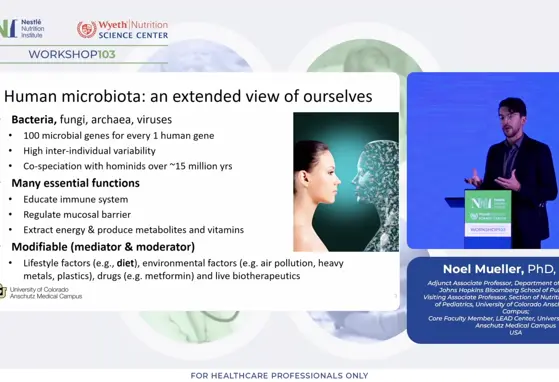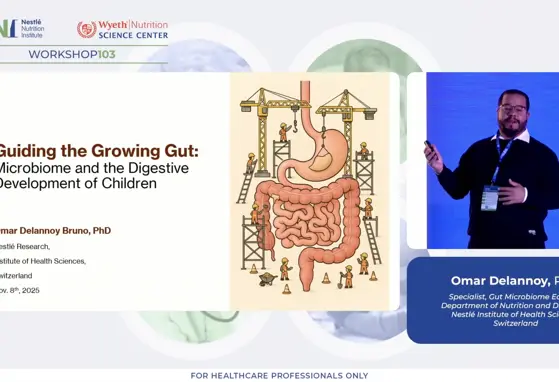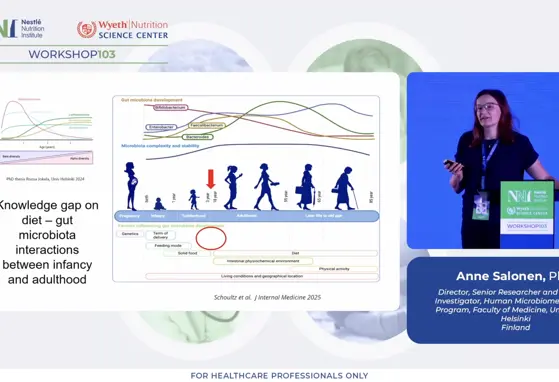Calcium and dairy intake in bone health during adolescence
Michelle Fourie and Gerda Gericke, University of Pretoria
Adolescence, as defined by the World Health Organization (WHO), is the period in human growth and development that occurs after childhood and before adulthood, from ages ten to 19 years.1 Adolescence is the critical period for bone accrual and the development of peak bone mass (PBM). PBM, the maximum amount of bone acquired at skeletal maturity, will determine fracture risk and in turn be a determining factor for osteoporosis later in life.
If you liked this post you may also like

Mindful Microbes: The Interplay Between Environment, Gut Microbiome, Brain, and Behavior

Exploring the Crosstalk: Nutrition, Microbiome, and Cardiometabolic Health

Guiding the Growing Gut: Microbiome and the Digestive Development of Children

Nourishing the Microbiome at Preschool age: Dietary influences from infancy to present